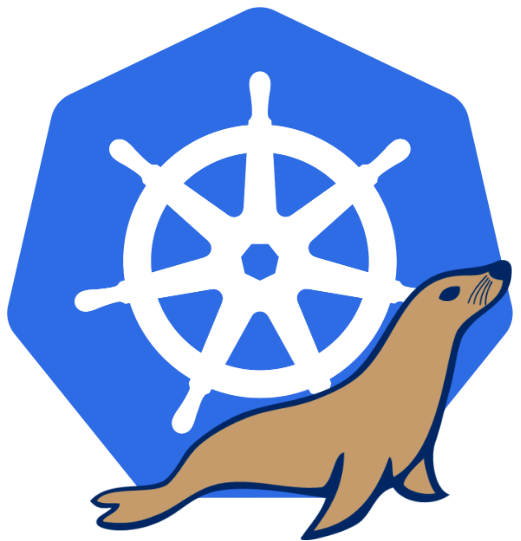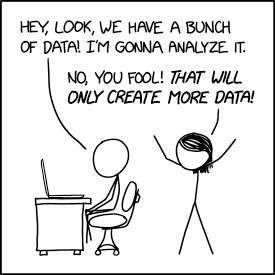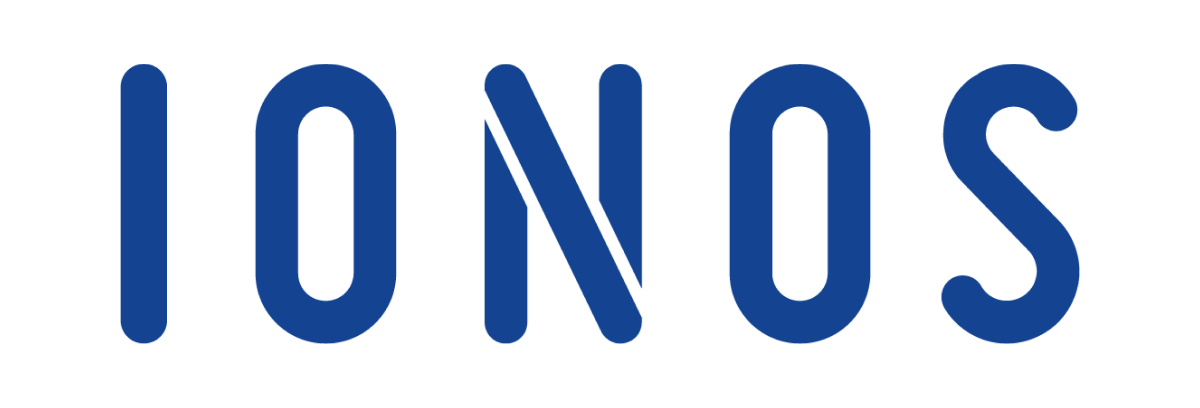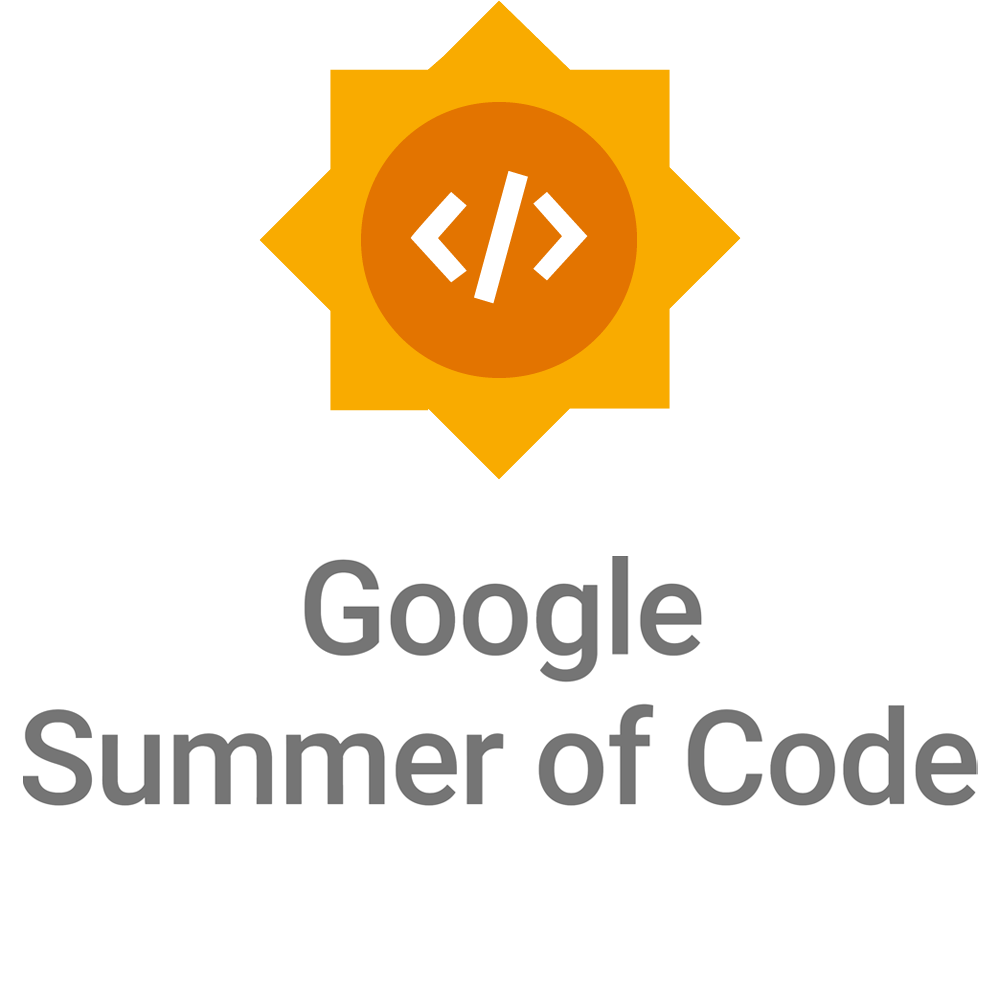Category Archives: Development
MariaDB Foundation is having its next planning session for the MariaDB Server Roadmap at our MariaDB Unconference Tue-Wed 3-4 October 2023.
All key contributors will be there
This will be a top-level meeting with representatives of all key contributors to MariaDB Server. From MariaDB plc, we will have CTO Jonah Harris and VP Server Engineering Sergei Golubchik representing management and resource allocation. But MariaDB Server is not a one-vendor product. We expect similar level representation from our second-biggest contributor, Amazon, and we also have confirmed roadmap attendance by Webpros, Alibaba, IBM, Intel, and others.
…
Continue reading “Join us in planning the MariaDB Server Roadmap”
The introduction of the StatefulSet resource was a game changer when it comes to run stateful workloads in Kubernetes, introducing a wide range of features, including:
- Predictable DNS names for each Pod, allowing one to individually address them in the network.
- Stable persistent storage for each Pod, ensuring that each of them is bound to the same PersistentVolumeClaim.
- Ordered graceful deployments and automated rolling updates.
However, this isn’t quite enough for running databases in Kubernetes in a reliable way. We are missing day 1 and day 2 operations, such as configuring high availability and scheduling backups, which is something not managed by vanilla Kubernetes.
…
Continue reading “Run and operate MariaDB in Kubernetes with mariadb-operator”
There was a recent request by Eric Herman, the Chairperson of the MariaDB Foundation board, to add the time to first meaningful response for pull requests to the quarterly contributor metrics I generate and blog about. I thought this was a really good idea. There are a few problems with this, the first being the definition of “meaningful response”.
Meaningful Response
A “meaningful response” would likely be a response that adds value and shows that the pull request is being reviewed. The most accurate way to do this would be to manually record this using a set of criteria that defines what kind of responses are meaningful.
…
We are well into 2023 now, the time has really flown. There have already been two major versions of MariaDB Server that have reach GA, and with those, many new contributions. As with each quarterly metrics release, the raw data is available in our metrics repo, along with the scripts and configurations to generate it yourself.
Project Tracking
We are tracking multiple MariaDB related projects at the moment, many of which are pulled in when you build MariaDB Server. These include:
- MariaDB Server – the server itself
- libmarias3 – an open source library to talk to Amazon S3 and related block storage services.
…
Continue reading “MariaDB Contribution Statistics, June 2023”
MariaDB Server 11.0 was recently released and its Docker Official Image didn’t include mysqladmin which broke the healthcheck in a few usage scenarios. This surprised some people in the change of behaviour. We have observed a number uses of the mysql names in containers, custom healthchecks and some /docker-entrypoint-initdb.d scripts. To help use these correctly, lets talk about what is available in the containers to help perform healthcheck and initialization functions.
On healthchecks, HEALTHCHECK isn’t there in Docker Official Images (for reasons), however the MariaDB Server container does have a healthcheck.sh script.
…
Continue reading “MariaDB Server Docker Official Images Healthcheck without mysqladmin”
The MariaDB Foundation values our partnerships with our sponsors. Our partnership with IONOS allows us to get insight into how MariaDB Server is used and the direction it should take. As well as generally improving MariaDB Server in many different ways.
IONOS story
At CloudFest 2023, one of the first meetings we had was with Stefan Erkeling from IONOS. It was a very good meeting and it was great to see how much IONOS values our partnership. Stefan indicated in the meeting that there was a performance issue they were hitting and some advice was needed.
…
Continue reading “MariaDB & IONOS: Improving performance for hosting”
In this blog we will show how to access MySQL and MariaDB DBMS tables from MariaDB Server. For that we will use Connect Storage Engine (SE), which supports different table types options. In this case we will use the JDBC table type. To use the JDBC table type we need to specify it in the CREATE TABLE definition for Connect SE and we need the Java connector for the DBMS we are accessing. For demonstration purposes we will use containers, but this will work if the servers are running in VMs or bare-metal. Just make sure the machines can access each other via TCP/IP.
…
Continue reading “Connect SE JDBC table type: Accessing Tables From Another DBMS”
We are excited to announce that this year MariaDB has once again been accepted as a Google Summer of Code organization. With this blog post I want to showcase the projects we’re taking on and wish good luck to our mentees for the summer!
At MariaDB we strongly believe in growing Open Source and we encourage new developers to contribute. Google Summer of Code allows us to have dedicated contributors focus on a project for a few months, knowing the costs are covered. We at MariaDB can then just focus on the core aspects – writing code and growing our community.
…
Continue reading “MariaDB is part of Google Summer of Code 2023”






